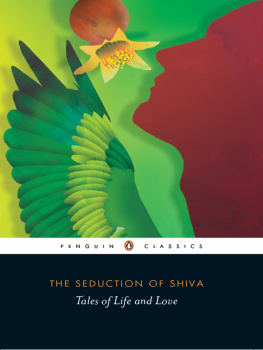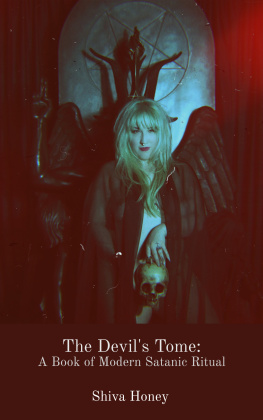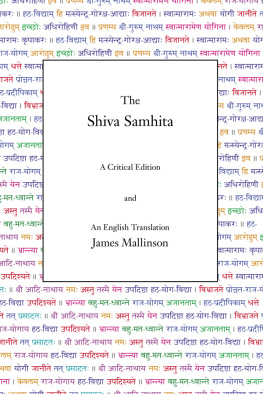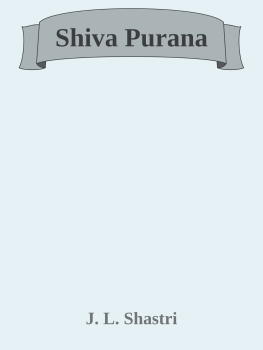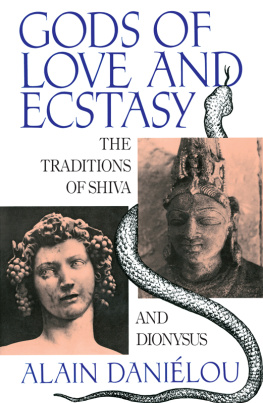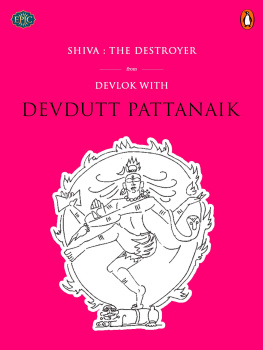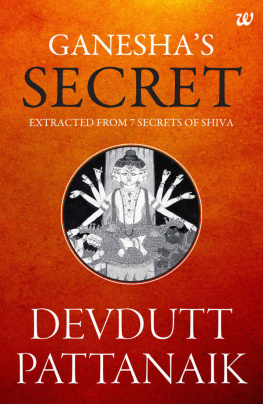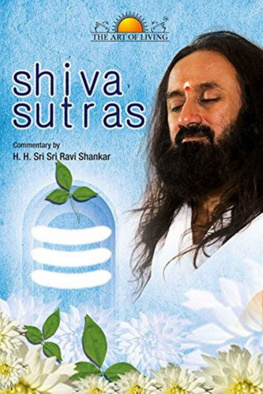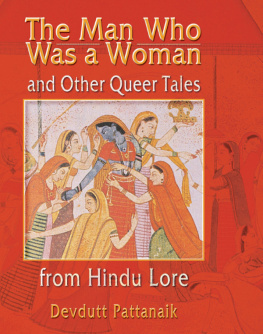PENGUIN BOOKS
Published by the Penguin Group
Penguin Books India Pvt. Ltd, 11 Community Centre, Panchsheel Park, New Delhi 110 017, India
Penguin Group (USA) Inc., 375 Hudson Street, New York, New York 10014, USA
Penguin Group (Canada), 90 Eglinton Avenue East, Suite 700, Toronto, Ontario M4P 2Y3 , Canada (a division of Pearson Penguin Canada Inc.)
Penguin Books Ltd, 80 Strand, London WC2R 0RL , England
Penguin Ireland, 25 St Stephens Green, Dublin 2, Ireland (a division of Penguin Books Ltd)
Penguin Group (Australia), 707 Collins Street, Melbourne, Victoria 3008, Australia (a division of Pearson Australia Group Pty Ltd)
Penguin Group (NZ), 67 Apollo Drive, Rosedale, Auckland 0632, New Zealand (a division of Pearson New Zealand Ltd)
Penguin Books (South Africa) (Pty) Ltd, Block D, Rosebank Office Park, 181 Jan Smuts Avenue, Parktown North, Johannesburg 2193, South Africa
Penguin Books Ltd, Registered Offices: 80 Strand, London WC2R 0RL , England
www.penguinbooksindia.com
First published by Penguin Books India 2014
Copyright A.N.D. Haksar 2014
Cover: Illustration by Finn Dean
All rights reserved
ISBN: 978-0-143-41540-4
This digital edition published in 2014.
e-ISBN: 978-9-351-18624-3
THE BEGINNING
Let the conversation begin...
Follow the Penguin Twitter.com@PenguinIndia
Keep up-to-date with all our stories YouTube.com/PenguinIndia
Like Penguin Books on Facebook.com/PenguinIndia
Find out more about the author and
discover more stories like this at penguinbooksindia.com
PENGUIN CLASSICS
THE SEDUCTION OF SHIVA
ADITYA NARAYAN DHAIRYASHEEL HAKSAR is a well-known translator of Sanskrit classics. Educated at the universities of Allahabad and Oxford, he was for many years a career diplomat, serving as the Indian high commissioner in Kenya and the Seychelles, minister in the United States and ambassador in Portugal and Yugoslavia. His translations from the Sanskrit include The Shattered Thigh and Other Plays, Tales of the Ten Princes, Hitopadea, Sihsana Dvtriik, Subhshitvali, Kama Sutra and Three Satires from Ancient Kashmir, all published as Penguin Classics. He has also compiled A Treasury of Sanskrit Poetry which was recently translated into Arabic and published in the United Arab Emirates as Khazana al-Shair al-Sanskriti.
P.M.S.
For
my sister
Rashmi Haksar
with all my love
from
Sheel
yath rghavasybhavat nt subhadr kasariporyath tva tathsi bhagin me jvasva sasukha sad
Introduction
The tales presented here have been translated directly from the original Sanskrit. The ancient language is mainly associated in modern popular perception with religion and philosophy. That it is of course much more, and its vast literature also ranges over worldly life, love and human relations like that of all great languages, is an aspect this presentation endeavours to highlight.
The stories in this collection have been drawn together, perhaps on a first occasion, from a cross section of Sanskrit literature spread over a considerable time span with a wide variety in its nature, form and content. Their settings vary from the mundane to the celestial, but each touches in its own way on emotions, issues and predicaments which are ageless. A feature common to all is that they are relatively unknown to the general readership of today. Hence these translations to enable a renewed look at some notable tales from a distant past.
This is an eclectic assemblage. Almost half the stories have been taken from irreverent secular works composed mainly for the entertainment of their audiences. Their racy styles extend from the finely cultivated to the almost colloquial and their tones from the romantic and erotic to the cynical and satirical. The rest have been selected from literature traditionally regarded as scriptural, and intended primarily to edify even as it also attracts to hold attention.
Most of this second type is smriti or remembered literature which traditionally includes itihsa and pura, that is, the two great epics and the eighteen scriptural histories. Here the style is comparatively simpler and more uniform in its versification, and the tone has an underlying didactic and reverential seriousness, though enlivened with moving narrations and colourful accounts of desire and despair, fantasy, heroism and wit.
Another narrative of this category included in the collection is a Buddhist birth story which reflects features of tales from both types of literature mentioned above. While they precede as well as follow this story in time, the art form displayed in it also points to the essential continuity in Sanskrit literature as a whole.
It is difficult to determine the dating of these tales, given the paucity of chronological and other data. According to academic estimates, the likely time frame may stretch from the fourth century BCE to the twelfth century CE , a period of 1500 years separated by nearly a millennium from the present times. Despite their antiquity, however, the varied background of these stories still has a contemporary resonance in several cases.
These echoes may very broadly be of relations between the sexes in the social contexts and the mindsets reflected in these tales. Such relations cover the gamut of love and lifedesire and duty, need and responsibility, seduction and restraint, sex and marriage to mention only a few aspects. Their treatment in these narratives ranges from the down-to-earth to the subtly philosophical, giving additional interest to the whole.
One may begin with the stories classified here as being from secular works. These are, in order of their scholarly dating, from the seventh-century Daa Kumra Charitam of Dandin, the eighth-century Brihatkathlokasagraha of Budhasvamin, the eleventh-century Kathsaritsgara of Somadeva and the twelfth century Shuka Saptati of uncertain authorship. Their provenance, where known, extends from present-day Tamil Nadu to Kashmir.
The first three of these are written in the refined kvya style of classical Sanskrit composition while the last uses a more folksy kath idiom. Their backgrounds stretch from the polished and urban to the rough and rural. Their colourful descriptions range from the leisurely to the brusque, and the elegant to the bawdy, aimed primarily at amusement.

